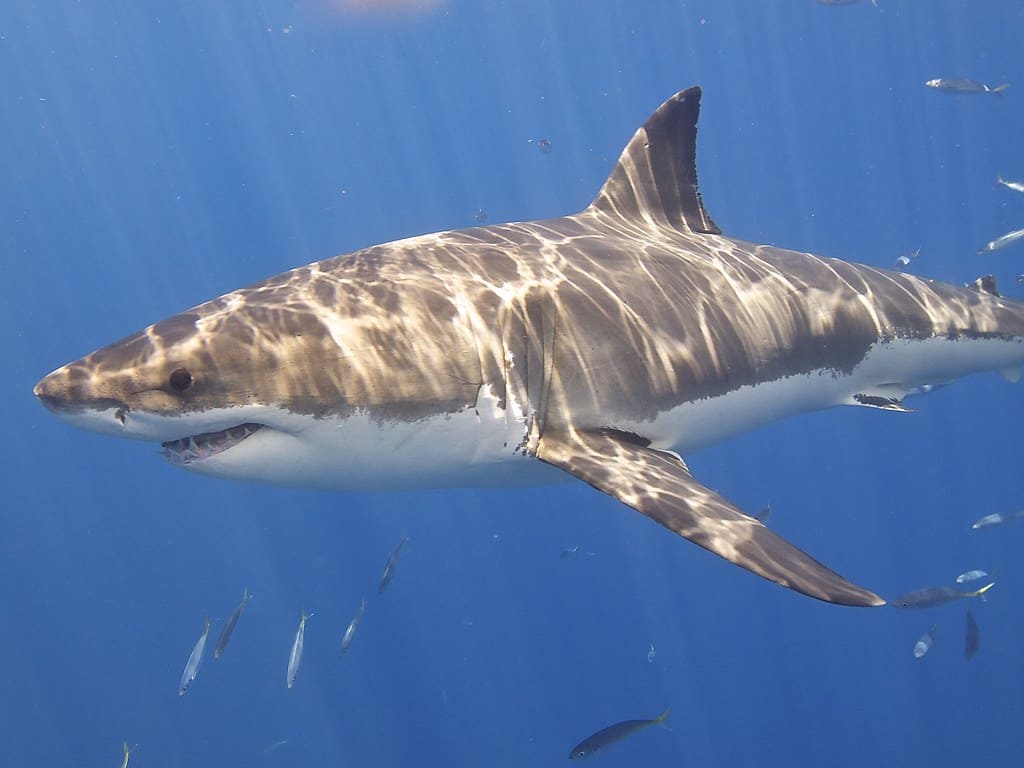As summer temperatures rise along the Atlantic seaboard, so does something else: shark activity. From Florida to Maine, beachgoers and coastal residents witness an annual phenomenon as various shark species appear in greater numbers off the East Coast during the warmer months. This seasonal pattern isn’t random—it’s driven by a complex interplay of environmental factors, biological imperatives, and ecological relationships that have evolved over millions of years. Understanding why sharks congregate along the eastern shoreline during summer not only satisfies our curiosity about these magnificent predators but also helps us coexist more safely with them during peak beach season.
The Seasonal Migration Pattern

Many shark species that frequent the East Coast are migratory, following well-established routes based on water temperature preferences. As winter’s chill gives way to spring warmth, sharks begin their northward journey from southern waters. This migration typically follows the Gulf Stream, a powerful warm current that flows along the eastern seaboard. Scientists tracking tagged sharks have documented this remarkable journey, with some species covering thousands of miles annually.
Great whites, bull sharks, tiger sharks, and various species of hammerheads all participate in these seasonal movements to varying degrees. By summer, species that spent winter in the Caribbean or off Florida’s coast may be found as far north as New England waters. The predictability of these patterns allows researchers to anticipate when certain species will appear in particular regions, information that proves valuable for both conservation efforts and public safety measures.
The Temperature Factor
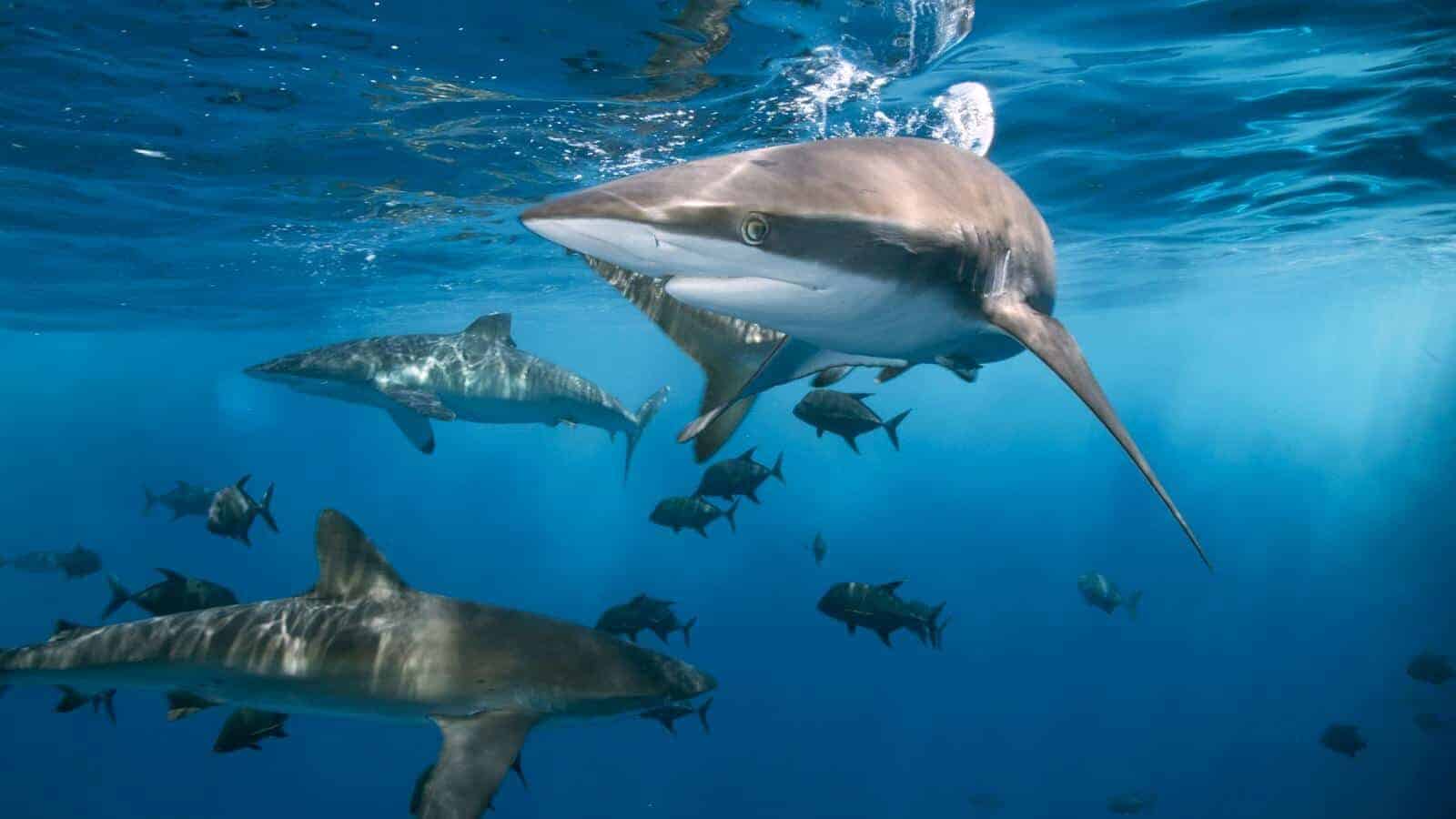
Water temperature plays a crucial role in shark distribution patterns. Most sharks are ectothermic, meaning their body temperature is regulated by their surroundings. Each species has a preferred temperature range where their metabolism functions optimally. During summer, coastal waters along the East Coast warm to temperatures that attract many shark species. For instance, blacktip sharks prefer waters between 70°F and 80°F (21°C to 27°C), while great whites typically favor slightly cooler temperatures between 55°F and 75°F (13°C to 24°C).
The summer warming of East Coast waters creates an expanded habitat zone for many shark species. As waters off the Carolinas, Virginia, and points north reach ideal temperatures, sharks that couldn’t survive there during winter months can now thrive. This temperature-driven expansion of suitable habitat is one of the primary reasons for increased shark presence during summer months, creating a northward shift in their distribution that coincides with peak beach season.
Following Food Sources

Perhaps the most compelling reason sharks appear in greater numbers along the East Coast during summer is the abundance of food. Summer brings massive migrations of potential prey species into coastal waters. Seals and sea lions gather in colonies along the northern Atlantic coast, schools of baitfish move inshore, and sea turtle nesting season begins on southern beaches. These concentrated food sources act as powerful attractants for predatory sharks.
The relationship between Cape Cod’s growing gray seal population and the increased presence of great white sharks provides a perfect example of this dynamic. Since the Marine Mammal Protection Act of 1972 helped seal populations recover, great white sightings off Massachusetts have increased dramatically each summer. Similar predator-prey relationships exist throughout the East Coast, with different shark species following their preferred food sources as they become seasonally available in specific regions.
Breeding and Pupping Seasons
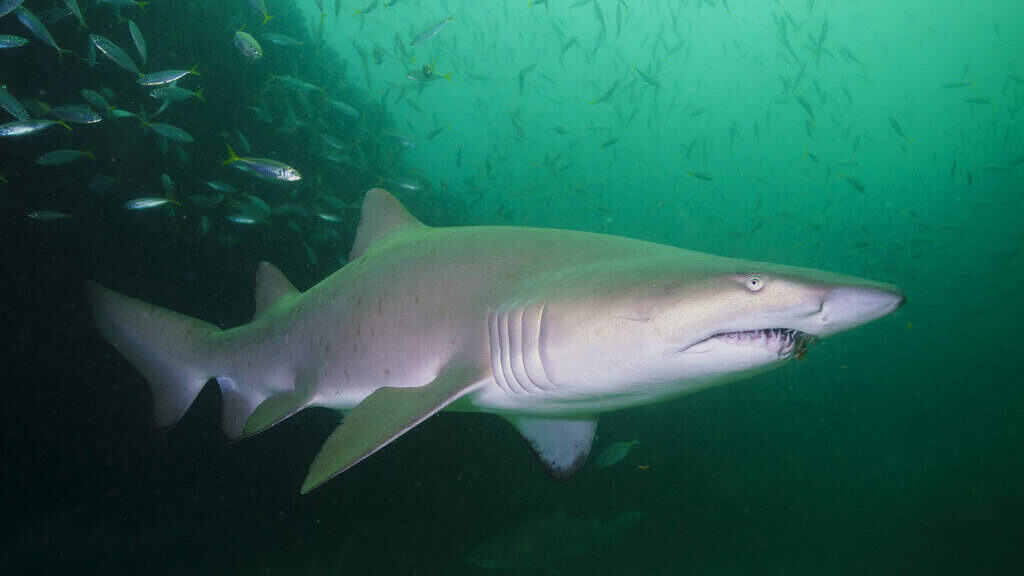
For several shark species, the warmer months coincide with crucial reproductive periods. Many sharks use shallow coastal waters as nursery grounds where females give birth to their young. These areas typically offer abundant food and fewer predators, creating safer environments for vulnerable shark pups. Summer’s warmer waters accelerate the development of young sharks, allowing them to grow more quickly during these critical early months.
Sandbar sharks, one of the most common large sharks along the East Coast, utilize the protected bays and estuaries from Florida to Delaware as pupping grounds during summer. Similarly, the shallow lagoons of the Indian River in Florida serve as important nursery habitat for bull sharks. This reproductive timing means not only are adult sharks more numerous during summer, but entire family groups may be present in certain areas, further increasing the overall shark population in coastal waters.
The Clearer Waters of Summer
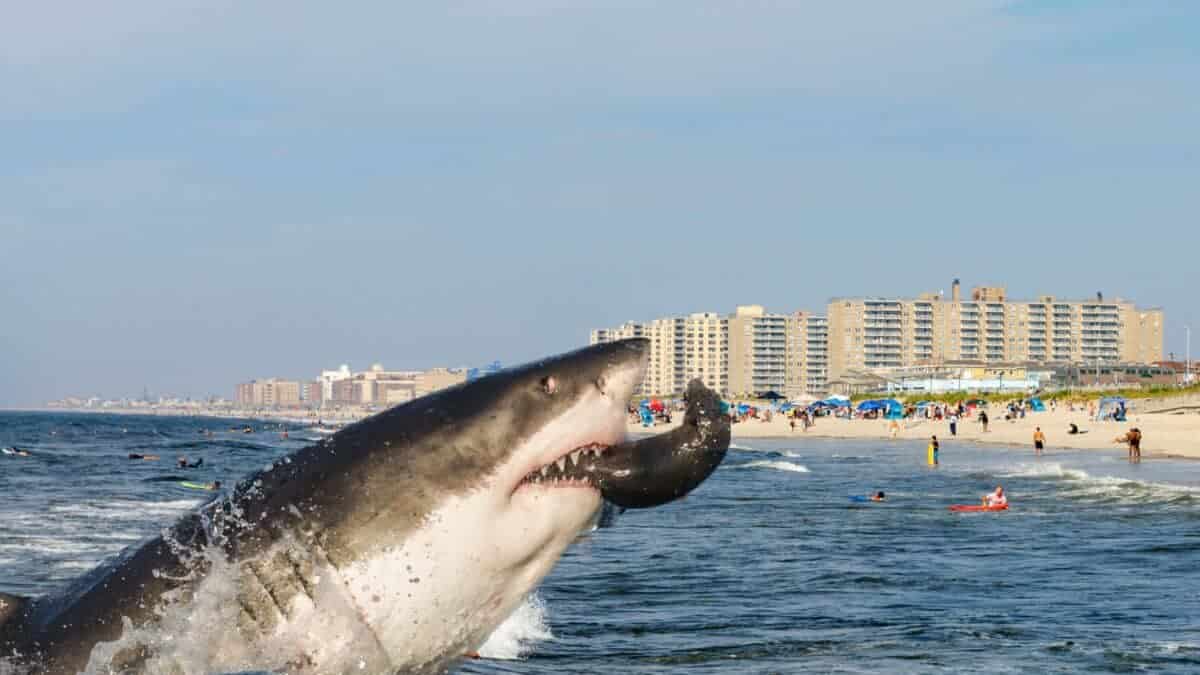
An often-overlooked factor in summer shark sightings is simply improved visibility. Summer typically brings calmer sea conditions and clearer water along much of the East Coast. This clarity makes sharks more visible to beachgoers, boaters, and pilots conducting aerial surveys. What might appear as an increase in shark numbers could partially reflect our enhanced ability to see sharks that were always present but hidden by winter’s murkier conditions.
Additionally, summer’s longer daylight hours mean more people spending more time observing the ocean, creating more opportunities for shark sightings. The combination of clearer water, more observers, and genuinely higher shark numbers creates a perfect scenario for increased sightings and reports. This visibility factor is important to consider when interpreting anecdotal evidence about shark population trends along the coast.
Regional Hotspots Along the East Coast
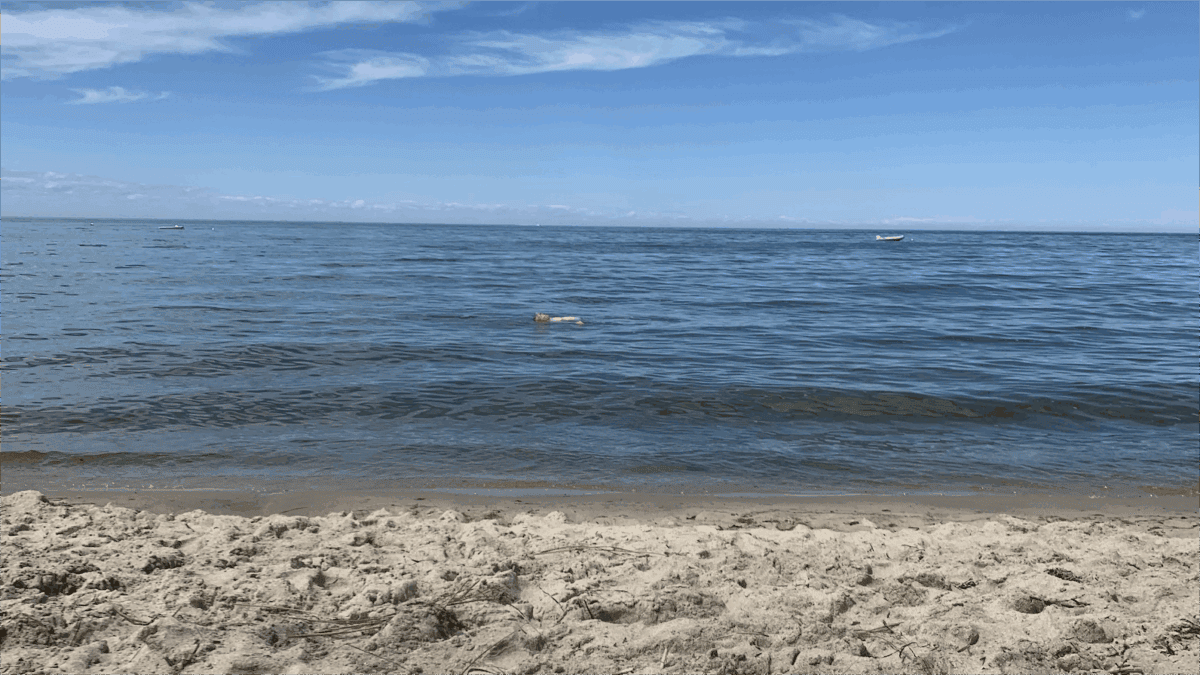
Certain areas along the East Coast have earned reputations as summer shark hotspots due to their unique combinations of favorable conditions. Cape Cod, Massachusetts, has become famous for its summer great white shark population that follows the robust seal colonies. Further south, the waters off North Carolina’s Outer Banks serve as a mixing zone where cooler northern waters meet the warm Gulf Stream, creating diverse habitats that attract multiple shark species simultaneously.
Florida’s east coast, particularly around Volusia County (home to Daytona Beach and New Smyrna Beach), consistently records the highest number of shark encounters in the United States. This area’s combination of surf conditions, baitfish abundance, and high human activity creates a perfect storm for shark-human interactions. Understanding these regional patterns helps explain why shark sightings aren’t evenly distributed along the coast but tend to concentrate in certain areas with ideal ecological conditions.
Human Activity Patterns
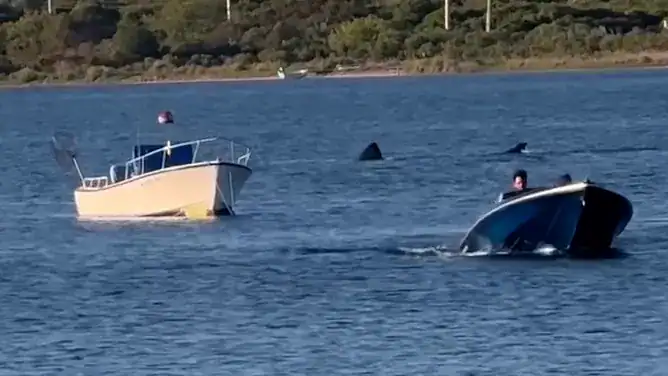
The dramatic increase in human coastal activity during summer months creates more opportunities for shark encounters. Millions of people flock to East Coast beaches between Memorial Day and Labor Day, swimming, surfing, and boating in waters that sharks naturally inhabit. This seasonal surge in human presence doesn’t necessarily attract sharks, but it significantly increases the statistical likelihood of human-shark interactions.
Additionally, certain human activities can inadvertently draw sharks closer to shore. Fishing from beaches can attract sharks that follow the scent of bait or struggling fish. Similarly, popular water sports like surfing can sometimes mimic the movements of shark prey, potentially triggering investigatory approaches from sharks. The correlation between peak tourism season and increased shark sightings is partly explained by this simple mathematical reality: more people in the water means more potential witnesses and interactions.
Climate Change Impacts
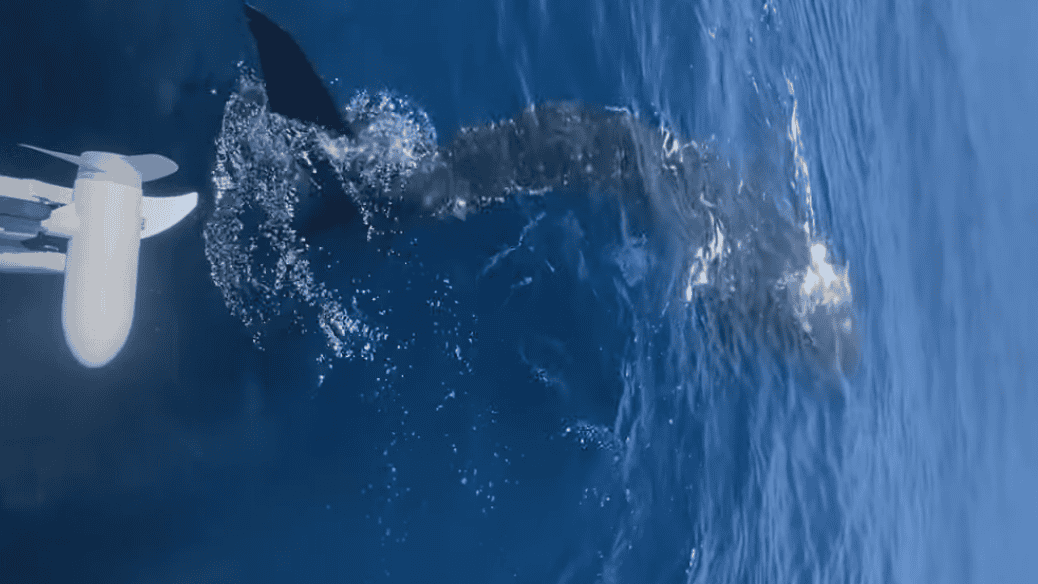
Emerging research suggests climate change may be altering traditional shark distribution patterns along the East Coast. As ocean temperatures warm, some shark species are expanding their ranges northward, appearing in areas where they were historically rare. Waters off New England that were once too cold for certain species now reach suitable temperatures during summer months, potentially explaining unusual sightings in recent years.
These shifting patterns may expose coastal communities to shark species they have little historical experience with, creating new management challenges. Scientists monitoring these changes have noted that the timing of shark migrations may also be shifting, with some species arriving earlier in the season and staying later into fall than in previous decades. Understanding these climate-related shifts is crucial for predicting future summer shark patterns along the East Coast.
The Role of Coastal Development

Human modification of coastal environments has created complex effects on shark distribution patterns. Dredging, beach nourishment projects, and artificial reef construction can alter natural habitats, sometimes creating new opportunities for sharks to feed. The construction of coastal canals and waterways, particularly in Florida, has opened new pathways for bull sharks to access previously unreachable areas, potentially increasing their presence in certain localities during summer months.
Conversely, pollution, overfishing, and habitat destruction have negatively impacted many shark populations. These pressures can reduce shark numbers in some areas while potentially concentrating remaining sharks in the less disturbed habitats that remain accessible. The summer shark distribution we observe today reflects not just natural patterns but the cumulative effects of decades of coastal development and resource exploitation along the Eastern Seaboard.
Shark Tracking and Research Advancements

Our understanding of summer shark patterns has been revolutionized by advances in tracking technology. Organizations like OCEARCH use GPS tags to monitor shark movements in real-time, revealing previously unknown details about migration routes and summer residency patterns. These tracking programs have shown that individual sharks often return to the same summer feeding grounds year after year, displaying a fidelity to specific locations that wasn’t previously documented.
Acoustic monitoring networks along the East Coast allow scientists to detect tagged sharks as they move through coastal waters, creating detailed data on seasonal movements. This research has practical applications for beach safety, allowing some communities to implement real-time alert systems when tagged sharks approach popular swimming areas. The expansion of these monitoring programs continues to refine our understanding of exactly when and where different shark species are most likely to appear during summer months.
Media Influence on Perception

The perception of increased summer shark activity is partially shaped by media coverage that intensifies during beach season. A single shark sighting can generate extensive news coverage, creating an impression of greater shark presence than may actually exist. The phenomenon known as the “Jaws effect” still influences how shark encounters are reported, often emphasizing potential danger over ecological context.
Social media has amplified this effect, with shark videos and photos spreading rapidly online during summer months. While media attention does raise important awareness about shark safety, it can sometimes distort the actual risk level. Statistically, shark encounters remain extremely rare events—fewer than 20 unprovoked bites typically occur annually along the entire East Coast, despite millions of beach visits. Understanding the role of media in shaping perceptions helps contextualize summer shark “scares” that occasionally dominate news cycles.
The increased presence of sharks along the East Coast during summer months represents a natural, predictable phenomenon driven by temperature changes, prey availability, reproductive cycles, and other ecological factors. Rather than fearing this seasonal pattern, we can appreciate it as evidence of a healthy marine ecosystem functioning as it should. By understanding why sharks appear in greater numbers during summer, we can take sensible precautions while still enjoying coastal waters. The sharks that visit our shores each summer are not intruders but seasonal residents following ancient patterns that long predate human beach activities. Their presence reminds us that the ocean remains a wild environment where humans are visitors, and mutual respect is the key to coexistence during the shared summer season.
- How Climate Change Is Pushing Sharks Closer to US Beaches - August 16, 2025
- 12 Birds Known for Their Unique Songs and Calls - August 16, 2025
- Animal Moms That Go Above and Beyond for Their Young - August 16, 2025

